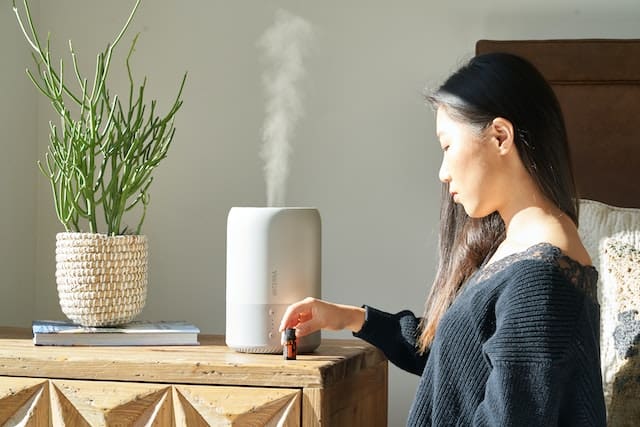To Humidify or Not To Humidify: What are humidifiers used for?
Have you ever wondered how does a humidifier work? So are we. Keep reading to learn everything you need to know about humidifiers.
We field numerous calls each winter regarding humidifiers. Many of us are familiar with humidifiers and even more specifically the health benefits associated with their usage. At one point or another in our lives, we can probably recall the low whirring sound of a humidifier in our room. This is most likely an even more familiar sound for those of us who have spent time in the colder and drier regions of this great land.
Many Americans spent the first years of their lives sharing a room with one of these handy little machines. The question we must ask ourselves is what do humidifiers do, how does a humidifier work and are there new ways of accomplishing the task of humidity control? Read more about indoor air quality for related topic.
Humidifiers: What Do Humidifiers Do?
To know how does a humidifier work, we first must know what it is used for. Humidifiers are generally used during the heating season, that is the fall and winter months, and aimed at off-setting the dryness that ensues as temperatures cool down. As outdoor temperatures fall and the air dries, we also begin using our furnaces and the humidity levels in our homes plummet. I have heard it said that the average heated home is twice as dry as the Sahara Desert!
This drastic decrease in air moisture wreaks havoc on our bodies. Our respiratory systems become irritated, we experience nose bleeds, cracking lips and skin, and even our hair suffers. This extremely dry air is also horrible for your home. Caulk and paint will crack and surfaces such as wood floors will shrink and separate. Our homes rely on moisture in the same way our bodies do.
How Does a Humidifier Work? Know your Humidifier Better!
Now for the good news, the answer to this common problem rarely necessitates those nasty, noisy, burdensome machines of our past. There are very few situations here in north Texas where our home’s humidity cannot be properly maintained with the correctly sized and selected HVAC equipment. The ideal indoor humidity is between 45-55%. When using this target range for our homes, we rarely see the need to introduce additional moisture into our air, and a large portion of that is due to our relatively mild winters and lower furnace runtimes.
There are situations that do require changes in the equipment in order to maintain ideal humidity, but these equipment changes are most often a change to multi-stage or variable speed heating equipment or even a change in the furnace Btu output, but not the addition of a humidifier. Simply put, as long as we can keep our home’s indoor humidity within the ideal range, the negative consequences of dry air will subside.
 Schedule a Service
Schedule a Service

 Call Us 214-851-2824
Call Us 214-851-2824

